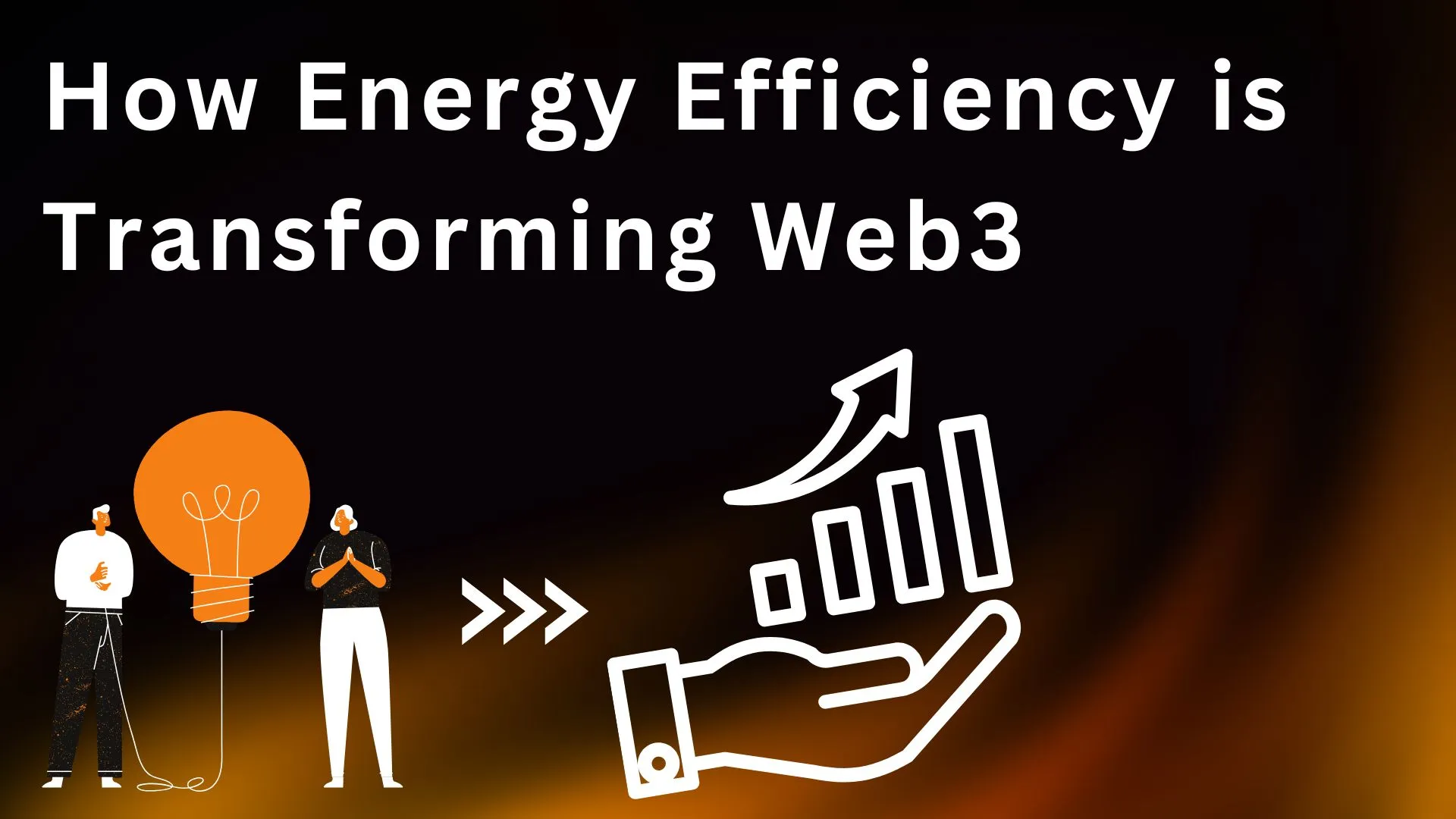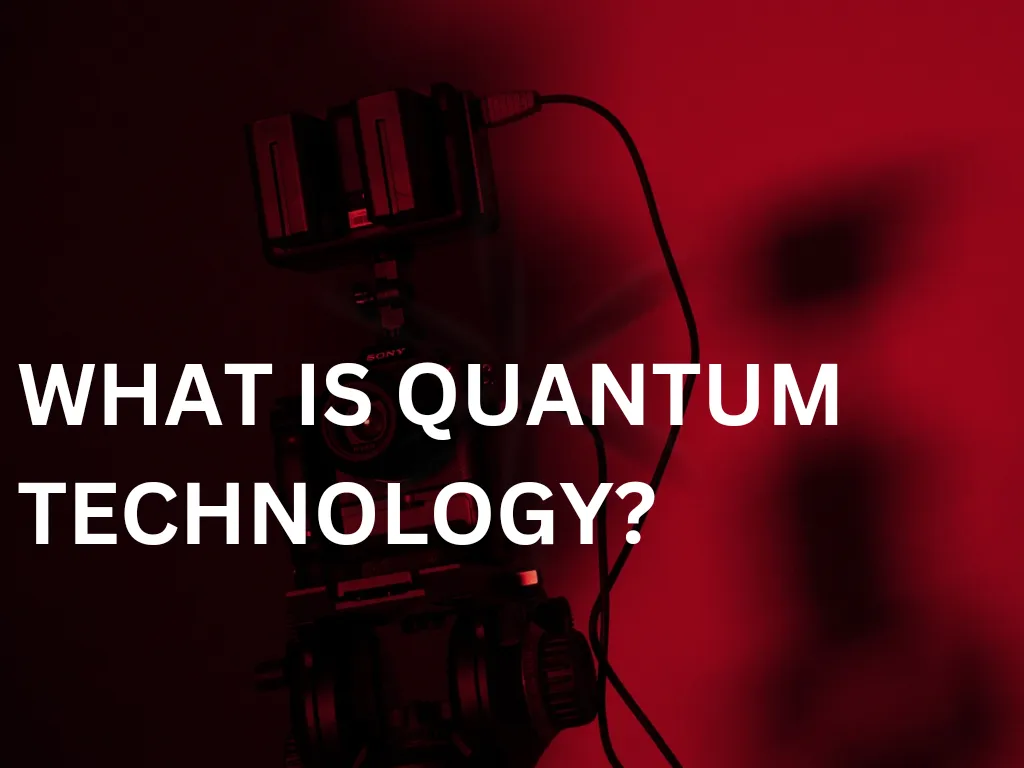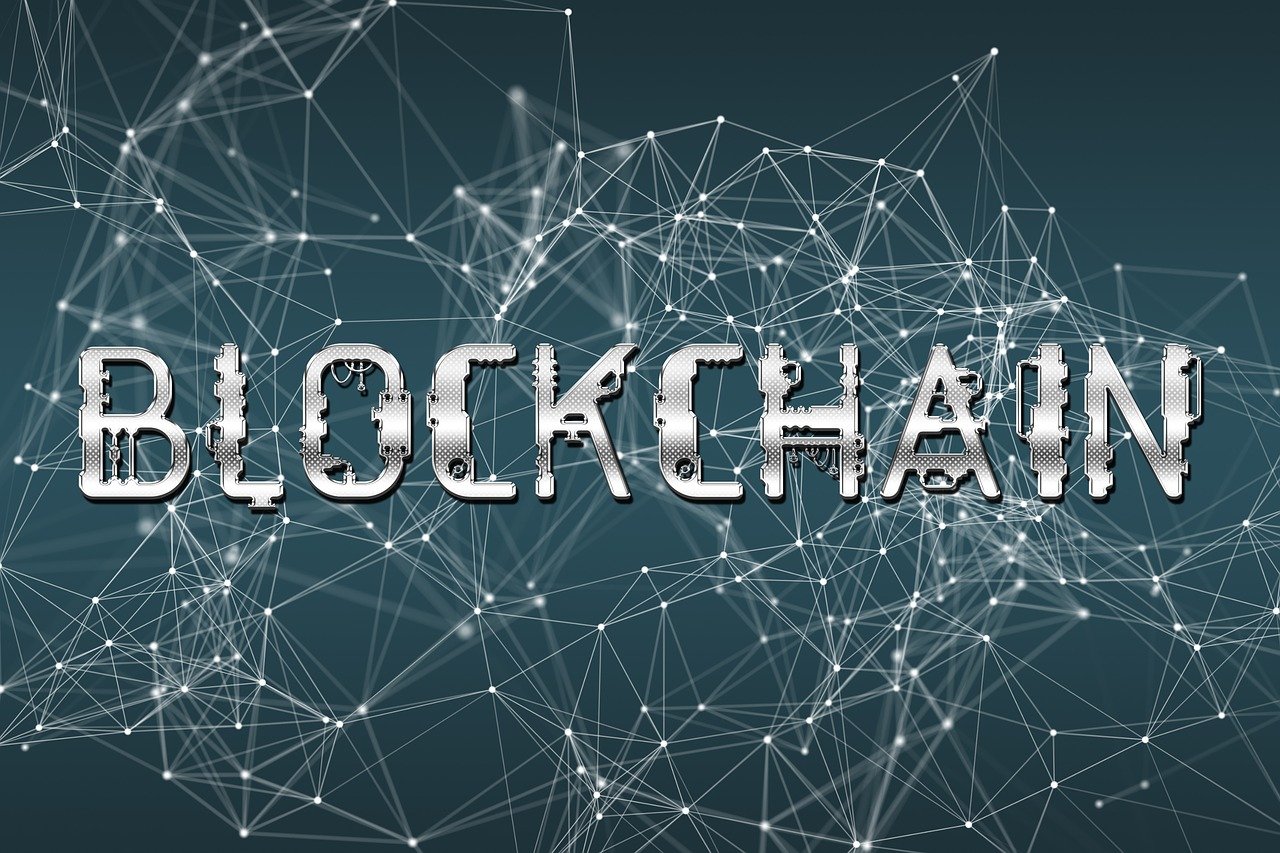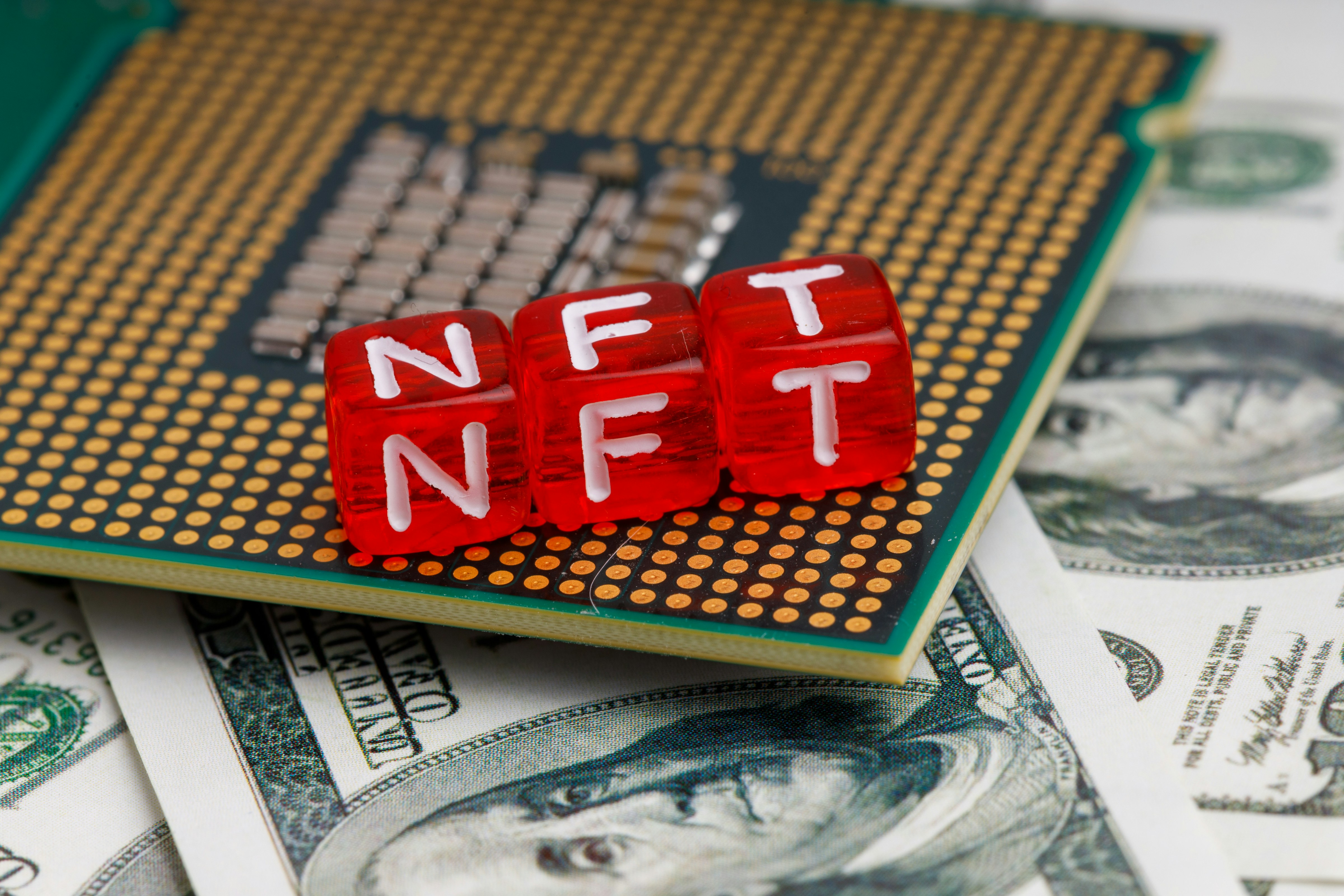WEB3
|
5 min read
|
Jan 15, 2025
How Energy Efficient Computing Makes Web3 Better in 2025
Discover how energy-efficient computing is revolutionizing Web3 in 2025. Learn about PoS, AI, Layer 2 solutions, and sustainable blockchain practices.
Quick links
Introduction
Web3 is exciting, innovative, and shaping the future—but let’s be honest, it’s not exactly eco-friendly. This innovation comes at an environmental cost. Blockchain networks are notoriously energy-intensive, which is why energy-efficient computing is here to improve the scalable Web3 ecosystem in 2025.
In this blog, we’ll explore why energy efficiency matters in Web3 and the technologies making it happen.
Why Web3 Needs Energy Efficiency Computing
Blockchain has come under fire for its hefty energy demands, particularly due to mining activities associated with Proof of Work (PoW) systems. For instance, Bitcoin's electricity usage in 2023 reportedly rivaled that of entire countries. Proof of Work (PoW) systems like Bitcoin rely on miners solving complex equations to validate transactions, and that’s not just expensive—it’s an environmental nightmare.
Such massive consumption translates to high carbon emissions, making sustainability a critical issue in blockchain. Many blockchain networks still operate on energy heavy PoW systems, leaving massive carbon footprints and drawing criticism from environmentalists and regulators alike.
Why 2025? Fast forward to 2025, and things are changing fast. Governments are cracking down with stricter carbon policies, and the market is demanding greener alternatives. Web3 is stepping up, with platforms embracing energy saving technologies and innovative solutions like AI optimization.

Technologies Driving Energy Efficiency
The Shift from (PoW) Proof-of-Work to (PoS) Proof-of-Stake
The move from PoW to PoS is one of the most impactful shifts for blockchain. PoS systems consume substantially less energy than their PoW counterparts. For example, Ethereum’s transition to PoS in 2022 saved an estimated 99% of its energy consumption compared to PoW systems like Bitcoin.
This switch isn’t just about cutting energy use, it also makes networks faster and cheaper to operate.
Layer 2 Solutions
Technological strides like Layer 2 solutions bring transformative efficiency to Web3. Rollups and sidechains offload processing from the main blockchain, reducing energy demands without sacrificing speed or security. These innovations mean fewer computational resources, slashing energy consumption.
AI’s Role in Blockchain Optimization
The integration of AI into blockchain systems offers exciting opportunities to streamline operations. Machine learning algorithms analyze patterns, optimize transaction pathways, and lower overall energy use. AI-driven automation is already becoming a force within decentralized ecosystems, opening up potential cost and energy savings across entire networks.
Contact Metro Labs Agency today to explore sustainable strategies for your project.

Examples of Energy Efficient Computing Innovations
DePINs
Decentralized physical infrastructure reduces energy waste and makes operations more efficient by decentralizing infrastructure management.
For example, DePINs use token-based incentives to maintain infrastructure like IoT networks, all while keeping energy use in check.
Tokenization of Real-World Assets
By tokenizing traditional assets such as real estate blockchains can eliminate inefficiencies in finance. Smart contracts take over time-consuming manual processes, reducing energy waste. This ensures that resources are invested where they matter most: advancing Web3 innovation.
What the Future Looks Like for Sustainable Web3
These guidelines could help developers build eco-friendly systems from the ground up, making sustainability the default rather than an afterthought.
AI-Blockchain Synergy
AI will play a greater role in automating blockchain functions, optimizing energy use, and anticipating system demands.
Educating Users on Sustainability
Let’s not forget the role of users. When people understand the benefits of energy efficient solutions, they’re more likely to adopt them. Awareness campaigns and user friendly tools can drive this change, amplifying the impact of green Web3 initiatives.
Conclusion
Energy-efficient computing is transforming Web3, making it more sustainable and scalable. As blockchain creators, you hold the power to build sustainable systems that drive both functional and environmental progress. By leveraging new technologies like AI and Layer 2 solutions, the possibilities are endless for a greener, more efficient Web3 future. With every step towards sustainability, you’re not just building better networks, you’re building a better world.
Contact Metro Labs Agency today and let’s build something incredible together.
Join Our Newsletter
Subscribe to our newsletter and get exclusive insights directly to your inbox
You’ll receive up to 4 emails per month. No spam, we hate it too.
Related Articles
MARKETING
SEO vs. PPC in Web3 Marketing: Which Strategy Works for Your Project?
Jan 20, 2025
WEB3
The Future of Game Development with Blockchain Technology
Jan 18, 2025
WEB3
5 Ways Quantum Technology Is Transforming Blockchain Security
Jan 17, 2025
GUIDES
A Comprehensive DeFAI Guide to Simplified Abstraction Layers
Jan 17, 2025
WEB3
Simple Ways Agentic AI Can Enhance Your Dapp Experience
Jan 16, 2025
WEB3
Exploring the Impact of DePIN on Blockchain Technology
Jan 8, 2025
MARKETING
7 Effective SEM Strategies to Make Your Web3 Project Stand Out Today
Jan 8, 2025
GUIDES
A Complete Guide to the Right Web3 Content Marketing Tools
Jan 4, 2025
GUIDES
What is NFT Marketing? A Simple Guide for New Creators
Jan 4, 2025










